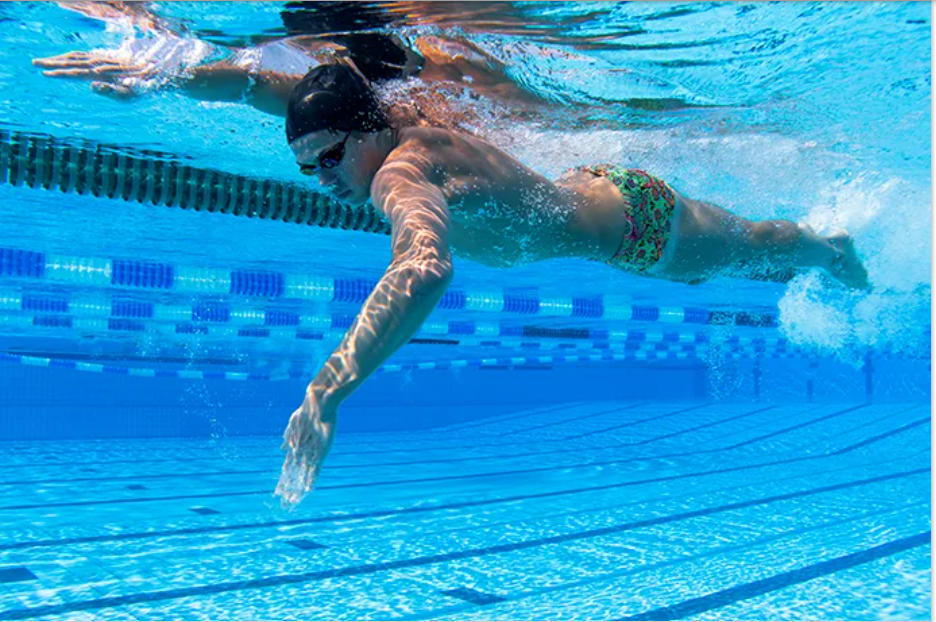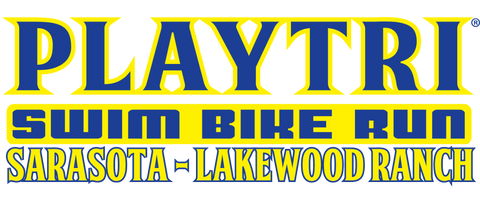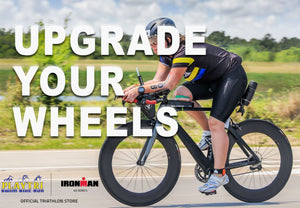
FREESTYLE SWIMMING BASICS: EVF
In Part One of our Freestyle Basics series, we discussed the initial part of the stroke, referred to as “the catch”. The next part of the stroke, and something that many triathletes may not know a lot about, is the early vertical forearm. Early vertical forearm (or EVF) is an extension of the catch and will help ensure that you grab the most amount of water possible. It is also the beginning part of your pull phase of your stroke.

What is Early Vertical Forearm (EVF)?
Early vertical forearm is exactly what it sounds like… getting your forearm into a vertical position during the “catch” phase of your stroke as soon as possible. Triathletes and swimmers that are able to achieve a good EVF and maximize the amount of water you can grab will pull water more effectively and swim faster with less effort.

Initiating the Pull Phase
Many swimmers and triathletes tend to tend to allow their wrist to flex or their elbow to drop during the initial aspect of the pull phase, which leads to decreased efficiency in
the stroke (I always tell my athletes to “keep your elbows higher than your wrists throughout the pull phase”). Following the catch, you should already have your fingertips facing down, and you are aiming to get your forearm vertical as soon as possible. When you are swimming, you are not just pulling water with your hand, but with your entire forearm. The first 1/3 of the stroke should come from the elbow bending (think “keep the elbow high”). The Finish
Pull Through (Propulsion)
Once you have set up your catch and EVF, then you will pull through and finish your stroke. This part of the stroke is the most crucial, as this is where you develop the propulsion of your stroke. As you pull through, you want to keep your wrist and hand firm, keep your elbow high, and pull through while keeping your body streamlined. One of the most effective ways to develop a strong pull phase is to use swim paddles (TYR Catalyst Stroke Paddles) to build swim specific strength in your upper body. Another way to develop an effective pull is to utilize swim cords (Finis Dryland Cords) to work on the specifics of the stroke outside of the water.
If you are struggling with your swim stroke we offer one-on-one swim sessions and Remote Swim Stroke Analysis with Playtri Coach Michael Rourke, where I personally analyze your swim stroke via video and discuss ways you can further develop your swim stroke. Check out all our coaching options (Playtri Coaching) and reach out if you have any questions! Stay tuned for Part 3!
Coach Michael Rourke is a Level 3 Playtri Coach and an American Swim Coaches Association Level 4 swim coach. He coaches junior and adult triathletes of all levels, as well as high school elite swimmers. He is also a 70.3 World’s Qualifier and USAT Age Group Nationals Qualifier. Coach Michael is currently taking on new athletes, so if you are interested in Remote Swim Analysis or Individual Coaching Programs, send him an email to michael.rourke@playtri.com.



Leave a comment